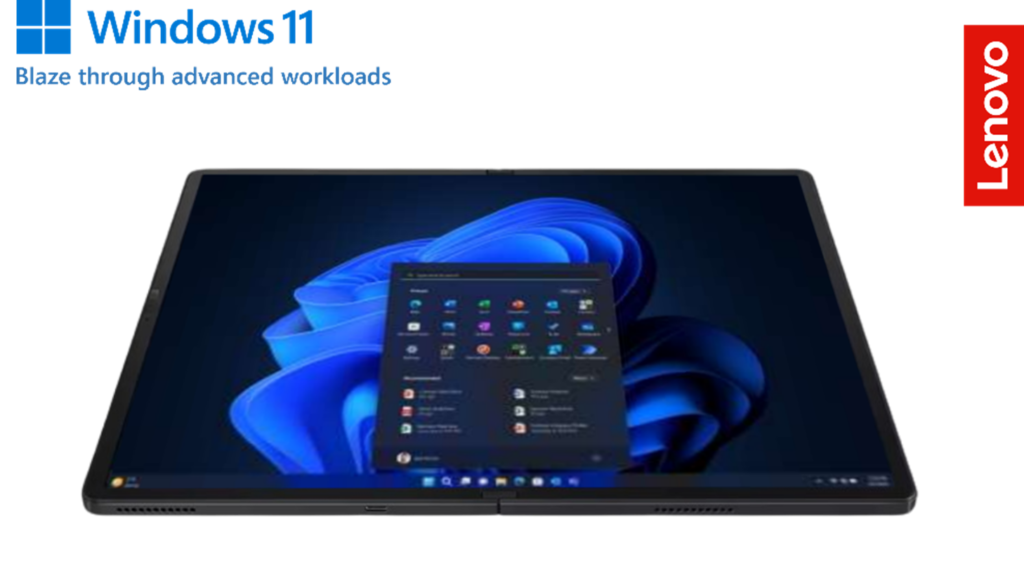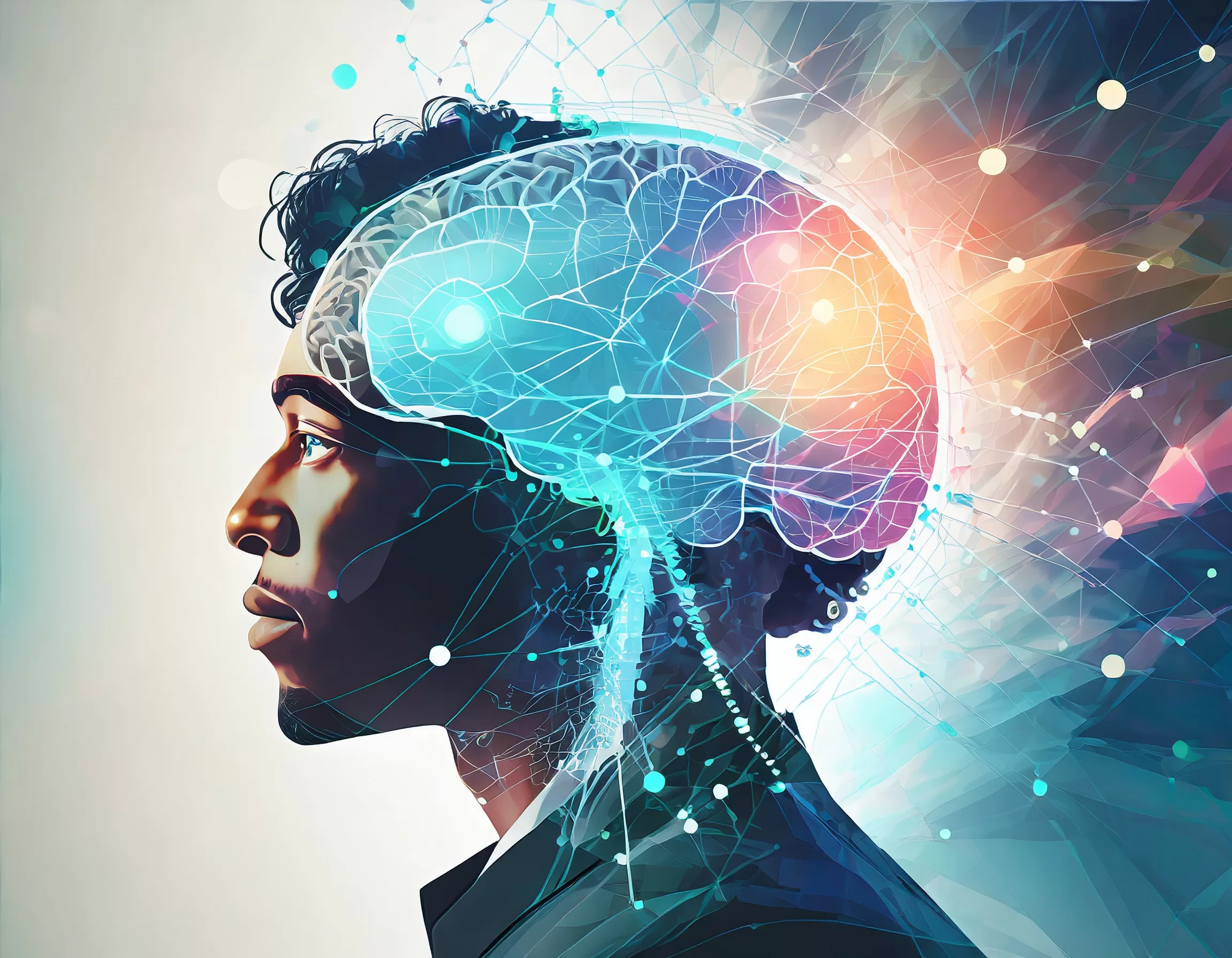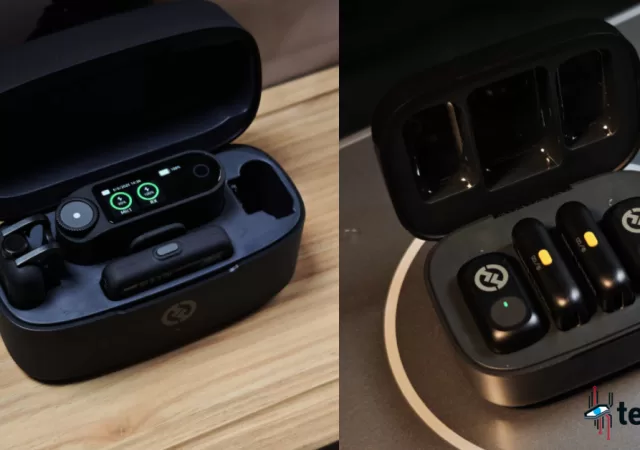This article is contributed by Varinderjit Singh, General Manager, Lenovo Malaysia

While I think most of us would expect large organizations to include forward-thinking technology in their overall business strategies, we’re starting to see this with SMBs as well, including relatively small companies, to different degrees around the world.
Not only do customers expect customized on-demand services, so do employees.
Businesses therefore seek to leverage technology to drive faster results and adapt to new market trends. At the heart of this strategic thinking is understanding the new roles emerging technology has around taking on the tasks of time-consuming day-to-day activities so that high-value and skilled executives and employees can focus on driving growth engines.
In a way, we are back to where computing first started, which was to automate processes and make them simpler and faster. What is different today of course is that technologies are so much more advanced, and are continually improving and increasingly embedded into strategy development – very different from the older business model where technology was a cost assigned to operations.
This is therefore about taking teams to the next level in our increasingly AI and digitally-driven world, requiring businesses to find a balance between implementing emerging technology and providing personalized experiences for their customers.
In assessing which technologies perhaps play the biggest parts, I suggest the following.
Hi-speed network infrastructure
Connectivity is clearly essential to any distributed workforce. Without it, device technology is expensive and inefficient, collaboration breaks down, productivity drops, and customers and employees go somewhere else. Wireless technologies like Wi-Fi 6E and 5G will be instrumental in delivering high bandwidth, ultra-low latency connectivity, and power to devices all over the world and will expand the landscape of solutions for businesses that want to grow.
Design and engineering teams must also offer new possibilities for thinner and more flexible designs for mobile employees working in hybrid workspaces. Companies like Lenovo are designing unique laptops with a built-in secondary e-Ink screen in the top cover or foldable displays that extend versatility and mobility. An example is the Lenovo ThinkPad X1 Fold operating on Windows 11 Pro. Use Windows 11 Pro for Workstations to blaze through workloads with lag-free multitasking across your most demanding applications.
The key here is technology equipped with always-on, always-connected capability.
Personal AI transformation
In the near future, PCs that currently provide AI-enabled enhanced video, audio, and security capabilities will transform into full AI PC devices. They will not only have the power to provide a personalized digital assistant experience but also learn over time, adapt and predict tasks, and offer solutions for improving workload management using intuitive natural language interaction.
Personal AI technology is expected to be instrumental in helping workers maintain high levels of productivity while also promoting healthy and sustainable work habits. By assisting with task prioritization and workload management, Personal AI can offer more predictive and insightful answers to questions or tasks.
While Cloud LLMs and Personal AI may differ in functionalities, they can offer diverse and complementary benefits to different users. Used together, they can provide a more comprehensive and personalized smart assistant experience that will accelerate speed and efficiency at every stage of workflow, ultimately helping businesses gain a significant competitive edge.
AI-enabled services and products
The last six months have seen the world wake up to the opportunities of AI-enabled services. For example, some workplaces have incorporated AI chatbots to provide employees with resources around the clock, adding convenience for those seeking answers to common questions about employee benefits, scheduling, insurance, vacation availability, and sick time. By allowing some HR processes to be accomplished without human intervention, chatbots offer a better allocation of HR staff members’ time toward addressing more complex employee inquiries. The use of such AI chatbots however has raised concern in some areas. Since most are public cloud-based resources, the issues of data integrity, security, and privacy are crucial considerations. AI services can help assess and guide the appropriate solutions and areas of investment in regard to Cloud, Private, or Personal AI models.
And we are already seeing that companies that smartly adapt to incorporating AI-enabled services and products have a competitive advantage. AI and machine learning can enable targeted data analysis, so employees can focus on creative and social tasks that AI simply cannot.
To take organizations to the next level, businesses must strategically implement technology such as infrastructure, cloud, and AI tools that will help them scale. Businesses need the ability to integrate new technologies and workloads efficiently and seamlessly, often within resource, budget, and capital restrictions.
That in turn requires new strategic thinking around the impact and opportunities that emerging technology enables.






